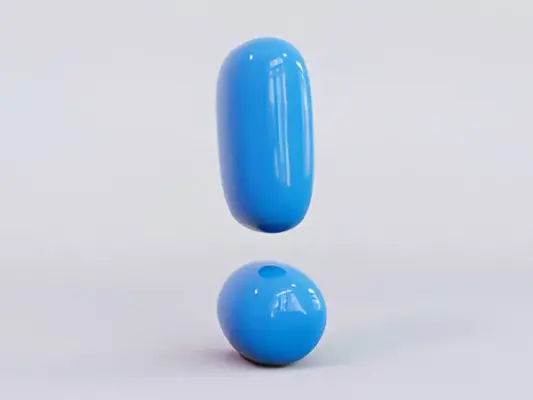
Typography, the art of arranging type, has traditionally been a 2D endeavor. However, with advancements in technology and a growing appetite for innovative design, 3D typography is emerging as a dynamic and exciting field. This blog explores the realm of experimental 3D typography, its impact on design, and its potential for the future.
The Rise of 3D Typography
The evolution of typography from print to digital has set the stage for 3D typography. Designers now have the tools and technology to create text that leaps off the screen and interacts with the viewer in new and engaging ways. 3D typography adds depth, texture, and a sense of physicality to type, making it a powerful tool for visual communication.
Factors Driving the Rise of 3D Typography:
- Technological Advancements: Improved software and rendering capabilities allow designers to create more complex and realistic 3D text.
- Enhanced User Engagement: 3D text captures attention and provides a more immersive experience for viewers.
- Creative Exploration: Designers are constantly seeking new ways to express ideas, and 3D typography offers a fresh avenue for creativity.
Applications of 3D Typography
3D typography is being used across various mediums, from digital interfaces to physical installations. Here are some notable applications:
1. Advertising and Branding:
- 3D typography helps brands stand out in crowded markets by creating memorable and visually striking advertisements.
- Examples include billboards, social media graphics, and product packaging that feature 3D text.
2. Web and App Design:
- Web designers use 3D typography to add depth and dimension to websites, making them more engaging and interactive.
- Mobile apps also incorporate 3D text to enhance user interfaces and improve user experience.
3. Film and Animation:
- In film, 3D typography is used for title sequences and special effects, adding a layer of sophistication and visual interest.
- Animators use 3D text to create dynamic and visually compelling scenes.
4. Art and Installations:
- Artists and designers use 3D typography in installations and sculptures, pushing the boundaries of traditional typography.
- Examples include gallery exhibits and public art projects that incorporate 3D text elements.
Techniques for Creating 3D Typography
Creating effective 3D typography involves a combination of technical skill and creative vision. Here are some techniques designers use:
1. 3D Modeling Software:
- Tools like Blender, Cinema 4D, and Adobe Dimension are popular for creating and rendering 3D text.
- These programs offer extensive customization options, allowing designers to manipulate shape, texture, lighting, and perspective.
2. Typography Principles:
- Understanding traditional typography principles, such as kerning, leading, and alignment, is essential for creating balanced and readable 3D text.
- Applying these principles in a 3D space requires careful consideration of depth and spatial relationships.
3. Animation:
- Adding motion to 3D text can create dynamic effects that capture attention and convey messages more effectively.
- Techniques like keyframe animation and physics-based simulations are used to bring 3D text to life.
4. Lighting and Shading:
- Proper lighting and shading are crucial for creating realistic and visually appealing 3D text.
- Designers use different light sources and shading techniques to enhance the depth and texture of 3D typography.
Challenges and Considerations
While 3D typography offers exciting possibilities, it also presents challenges. Designers must balance creativity with readability, ensuring that 3D text is both visually striking and easy to understand. Additionally, the technical demands of rendering and animating 3D text can be resource-intensive.
Key Considerations:
- Readability: Ensuring that 3D text remains legible from different angles and distances is crucial.
- Performance: High-quality rendering can be demanding on hardware, so optimizing performance is essential, especially for web and app design.
- Aesthetics: Balancing the visual impact of 3D text with the overall design aesthetic is important for cohesive and effective communication.
The Future of 3D Typography
The future of 3D typography is promising, with continued advancements in technology and growing interest from designers and brands. As augmented reality (AR) and virtual reality (VR) become more prevalent, 3D typography will play a significant role in creating immersive experiences. Additionally, the integration of AI and machine learning could further enhance the creation and application of 3D text.
Conclusion
Experimental 3D typography is transforming the landscape of design, offering new ways to engage audiences and convey messages. By pushing the boundaries of traditional typography, designers are creating innovative and immersive visual experiences. As technology continues to evolve, the possibilities for 3D typography are limitless, promising an exciting future for this dynamic field.